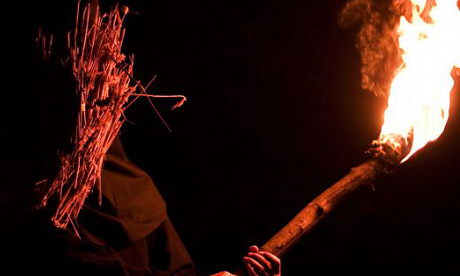Director: Ariel Vromen
Writer: Morgan Land, Ariel Vromen, Anthony Bruno (book), Jim Thebaut (documentary)
Year: 2012
Cast: Michael Shannon, Winona Ryder, Ray Liotta
★★★☆☆
Michael Shannon is a force of nature as the remorseless hitman, Richard Kuklinski, known as ‘The Iceman’ due to his propensity to store his victims’ corpses in an industrial freezer to disguise their time of death. He is one of few actors who can make you cower in the cinema, without having all that much to work with; his co-star, Ray Liotta, is pretty good, but needs the right line of dialogue and a gun to someone’s head to get close to producing the same effect.

Directed by Ariel Vromen, this Goodfellas-style biopic opens with Kuklinski awkwardly manoeuvring his way through a date with his future wife, Deborah (Winona Ryder), reluctantly charming her by saying she looks like ‘a prettier version of Natalie Wood’. He is a man of few words, reserved and intimidating, but courteous enough to convince her to see him again. In the next scene at a pool hall, we learn they are engaged, and, when a man insults Deborah, Kuklinski initially resists the provocation, but later calmly slits his throat with a knife.
While working processing bootleg porn films, his cold-blooded talents come to the attention of mafia boss Roy DeMeo (Ray Liotta), who hires him to collect debts and solve problems, using predictably brutal methods. Fast forward ten years or so, and he has made a good living from this line of work, enough to buy a large house in the suburbs for his family and send his two daughters to private school. The turning point comes when a 17-year-old girl witnesses one of Kuklinski’s hits and, in a rare display of pity, he allows her to flee the scene. As a result, DeMeo puts him out of work and he is forced to strike out on his own, forming a partnership with the elusive Mr Freezy (Chris Evans) and getting increasingly embroiled in the dangerous machinations of mob politics.
The plot moves rapidly through the chronology of Kuklinski’s unquestionably fascinating life, but much of what makes him so interesting is lost along the way. Despite Shannon’s mesmerising performance, it is difficult to know what really lies beneath his character’s exterior, where that all-conquering rage rises from. His true darkness is hinted at, such as in the scene where he makes one victim (James Franco, in a cameo role) pray to God to deliver him from his imminent death, but, mostly, we are given the straightforward story of a contract killer whose career takes a turn for the worse.
Throughout the film, Kuklinski claims that his family are the only people he feels anything for and he certainly goes to extreme lengths to protect them, even when that means, paradoxically, putting them in immediate danger. It adds a sympathetic dimension to the character, although we are never quite sure how sincere his feelings are, and gives Shannon an outlet to viscerally display the tension caused by balancing his private and professional lives. Winona Ryder is exceptional as his unsuspecting wife, innocently spoiled and naively in love with a man who appears so dedicated to providing for her. The rest of the ensemble cast also perform strongly, particularly Liotta and Evans, while David Schwimmer, Robert Davi and Stepehn Dorff have memorable supporting roles.
The film falls short as a biopic, lacking the necessary detail, and, as a gangster film, it struggles to gain momentum, rigidly following the structure of its subject’s life. The ending is anticlimactic and fails to translate the growing tension into a dramatic payoff. The Iceman is all about Shannon though. He gives a powerhouse performance as a ruthless killer who is always on the edge, capable of instantly becoming a threat to himself and everyone around him. His version of Kuklinski is a family man with an addiction to violence; he simply cannot function without it or walk away from it, and you get the impression that the idea never seriously crosses his mind.




